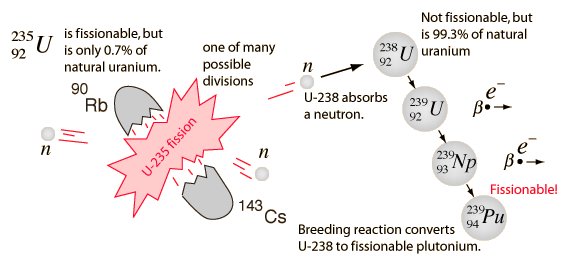

The majority of the uranium cubes were recovered in April 1945 by the ALSOS mission. Photograph of the uranium pile (B8) showing 664 cubes. Criticality was expected for a reactor volume about 50 % larger. 1.5 tons of uranium) were used as fuel (Figure 1), 4a resulting in a neutron multiplication factor of 6.7. Instead of the previous plate geometry, 664 uranium metal cubes from the Diebner group (ca. The last experiment, called B8, took place in March 1945, 3a after the relocation of the Kaiser Wilhelm Institute for Physics to Hechingen, near Haigerloch (Southern Germany).
NUCLEAR FISSION URANIUM FUEL R SERIES
3d, 4a, 4b After a series of experiments, Heisenberg recognized the superior neutron economy of the cube design and followed this approach. Wirtz in Berlin), while the Diebner group used cubes. The Heisenberg group used alternating layers of fuel and moderator, e.g., uranium plates (with K. Heisenberg at the Kaiser Wilhelm Institute (KWI) for Physics, Berlin, and by K. 3b– 3d, 5 The experiments on neutron multiplication in different fuel geometries were conducted by two groups headed by W. 3 Whether the German nuclear projects had a military dimension or were rather aimed at the construction of an “atomic” reactor for energy production-or both-has previously been discussed.


As a result, nuclear research projects were initiated in the United States and Germany. Within a few months, characteristic properties of the fission process were identified 2 and in 1942, the first manmade self-sustaining chain reaction was achieved. Soon after the discovery of nuclear fission 1 its potential as a useful source of energy was realized.


 0 kommentar(er)
0 kommentar(er)
